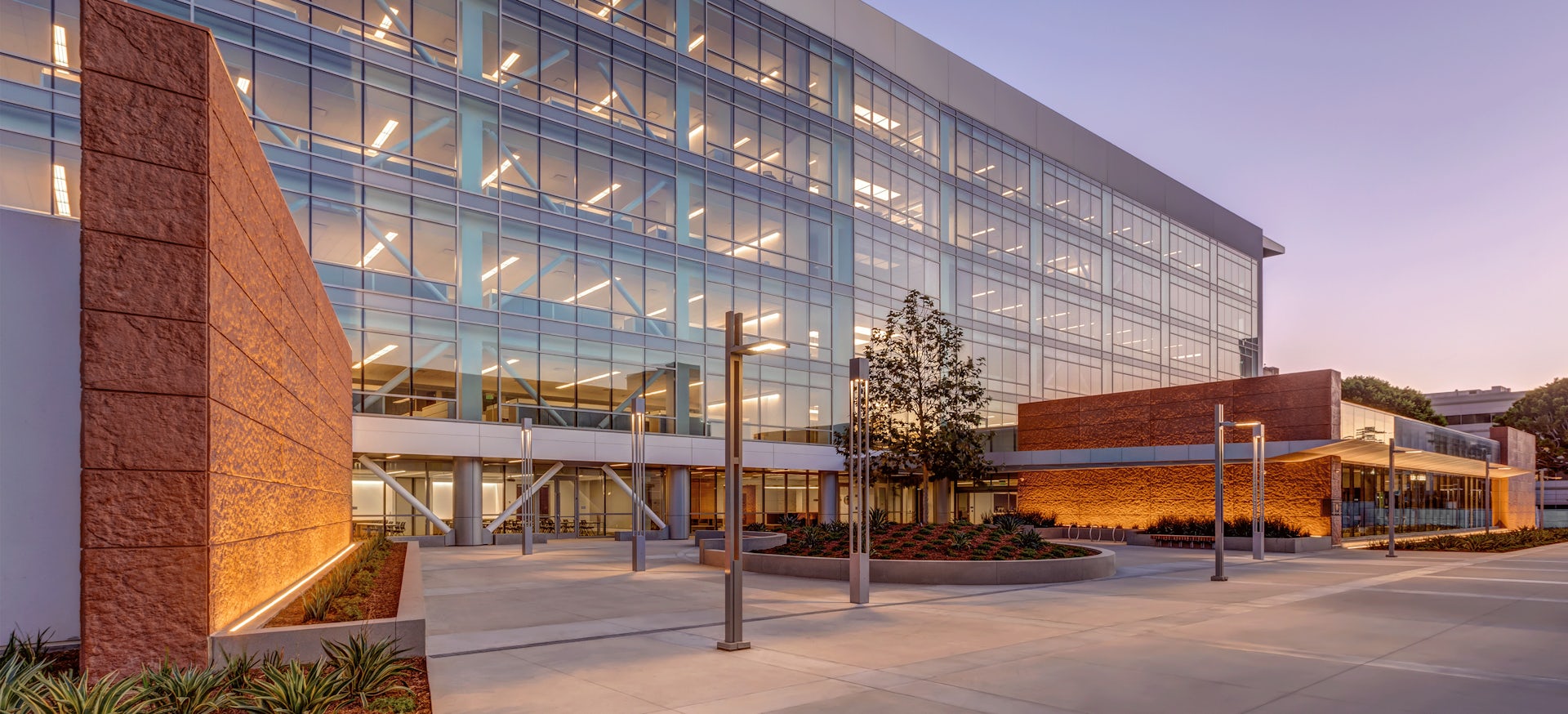By Dan Heinfeld
President, LPA Design Studios
The recently released results of the architecture industry’s 2030 Challenge make it clear that builders and designers can and should be doing more to reduce fossil fuel use in their projects.
Of the 252 architecture firms that reported results for 2018, LPA was one of only 16 firms to meet the goal of a 70 percent energy use reduction in projects. The average reduction was closer to 46 percent. That’s not good enough. Existing buildings make up 40 percent of global greenhouse gas emissions, according to the AIA. And energy costs are constantly rising, amid uncertain markets.
At this point, energy efficiency simply makes economic sense. We support the 2030 Challenge, which calls for a 100 percent reduction in fossil fuel use in buildings by 2030, because it addresses what really matters – how a building performs.
Our experiences provide clear evidence that institutionalizing energy efficiency and making sustainability a core value can produce results on a large scale. We were able to achieve the 2030’s energy reduction target in more than 5 million square feet of buildings and interiors, including K-12 schools, higher education facilities, workplace projects and developer office buildings.
All our projects in the reporting period were delivered within the restraints of existing budgets and our client’s goals–these weren’t experiments or show projects. The energy reduction strategies will pay for themselves by significantly reducing operation and maintenance costs. Sustainability doesn’t need to be subsidized—it can be achieved on any budget and any type of project.
For the County of Orange’s six-story, 250,000-square-foot County Administration South building, which opened in September, we met the target of a 70 percent reduction almost entirely through passive design techniques, without solar panels or offsetting renewable energy.
Developed in a public-private partnership—with Griffin Structures as lead developer, LPA as the design partner and Swinerton Builders as the general contractor—the design focused on the orientation of the building to reduce solar gain, shading and maximizing natural light. Efficient heating and cooling systems were used and the building connects to the County’s central power plant, taking full advantage of the site.
When we designed our new office in Irvine, which was recently certified LEED Platinum, we wanted to test our own theories and ideas. It was essentially an interiors improvement project; there was no system or envelope improvements. Working with our landlord, the Irvine Company, we were able to reach the 70 percent reduction goal through an array of strategies, including efficient lighting controls and fixtures, high-volume, low-velocity fans, natural ventilation and a rooftop 70 Kw photovoltaic (PV) system on the roof, which is expected to offset 20 percent of the office’s energy use.
These days, every project should be considering solar energy, the California Green Building code currently requires infrastructure for future PV but we need to go farther, right now. The initial cost for PV continues to go down and we’re now at the point where paybacks can be achieved within five to six years. PV also provides a great inflation hedge, as energy prices continue to rise. California still imports 32 percent of its energy from other states, according to the California Energy Commission, which leaves us constantly vulnerable to the whims of the marketplace.
Energy independence and energy efficiency pay a variety of dividends which are not always considered in the return-on-investment calculations. An environmentally sensitive workplace can play a key role in recruiting and retaining staff and creating long-term value for a facility. Being part of a green company is going to be a bigger and bigger selling point going forward.
For us, energy efficiency and reducing fossil fuels are simply part of our fundamental mission. That’s why in 2004 we set a goal that LPA projects would be 25 percent better than the Title 24 California’s energy code. A few years later we added engineers to our integrated practice, in recognition that we needed to take a more holistic approach to the issues.
The 2030 data provides an unbiased, objective report card for us as architects, and creates real goals for the industry. Next year the standard is set to rise to an 80 percent average reduction and we know we will have to work harder with our clients to find new ideas and new concepts to make sure we are continuing to design facilities that will stand the test of time.
Dan Heinfeld has been President of LPA for more than 30 years, helping to grow the firm into an integrated, multi-disciplined practice with more than 400 professionals with six offices in California and Texas. He was the recipient of the 2018 President’s Award from the The American Institute of Architects-Orange County chapter in recognition of his contribution to local architecture.














